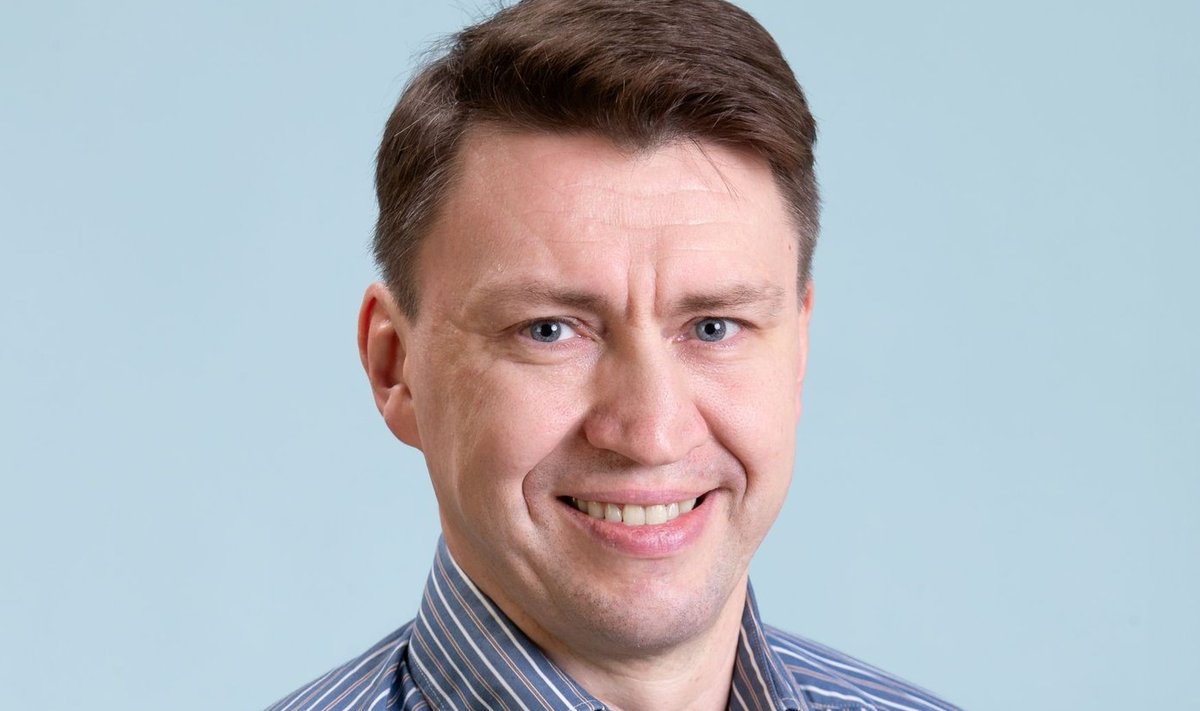ESAIC News
Human Factors principles to ensure the safety of yourself, your patients, and your colleagues.
Human Factors principles to ensure the safety of yourself, your patients, and your colleagues. (ESAIC Patient Safety and Quality Committee)
During these difficult times, we would ask you to take a moment to reinforce for yourself and your teams the importance of the following Human Factors principles to ensure the safety of your patients and your colleagues. Patient safety research tells us that in times of great stress, fatigue and pressure that the chances for error are greatly increased.
We would recommend the following principles:
- Safety First, this should be the primary principle for treating all the patients in your care both those with COVID-19 and routine conditions. Safety First also applies to you and your staff colleagues who are the most important healthcare resource, already in short supply.
- Please ensure that you are following strict infection control protocols in line with those issued in your department. This is extremely important.
- Follow established checklists and, where possible, create new checklists to prevent missing important steps and equipment.
- Clear communication is vital, try to make your communication more obvious than normal, and consider asking for confirmation that your message has been received correctly.
- Team briefings/debriefings are more important than ever, they can ensure good team situational awareness so that everyone has a clear idea what is expected. Set realistic short-term goals that the team know they can achieve. Regular communication in your team is also vital for reinforcing trust and confidence.
- Timely reporting of any brand-new critical incidents and rapid sharing any learning from them will be important as we are all starting to work in some uncharted territory.
- Look after yourself as best you can and support each other to minimize stress levels. We know stress can compound the chances of errors occurring. Staff members will be more anxious than normal so find ways of establishing calm, focussed behaviours.
If you still have time, then organising drills or simulations scenarios to practice using PPEs correctly can be really useful. Many staff members will be unused to using these and will need extra practice to ensure they know what to do when the time comes.
ESAIC Patient Safety Committee










